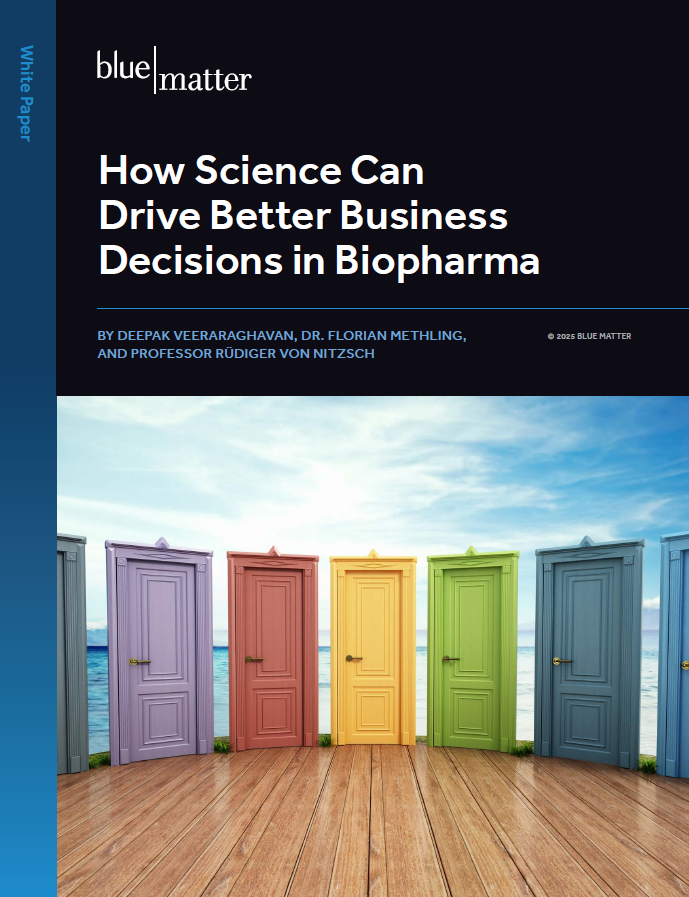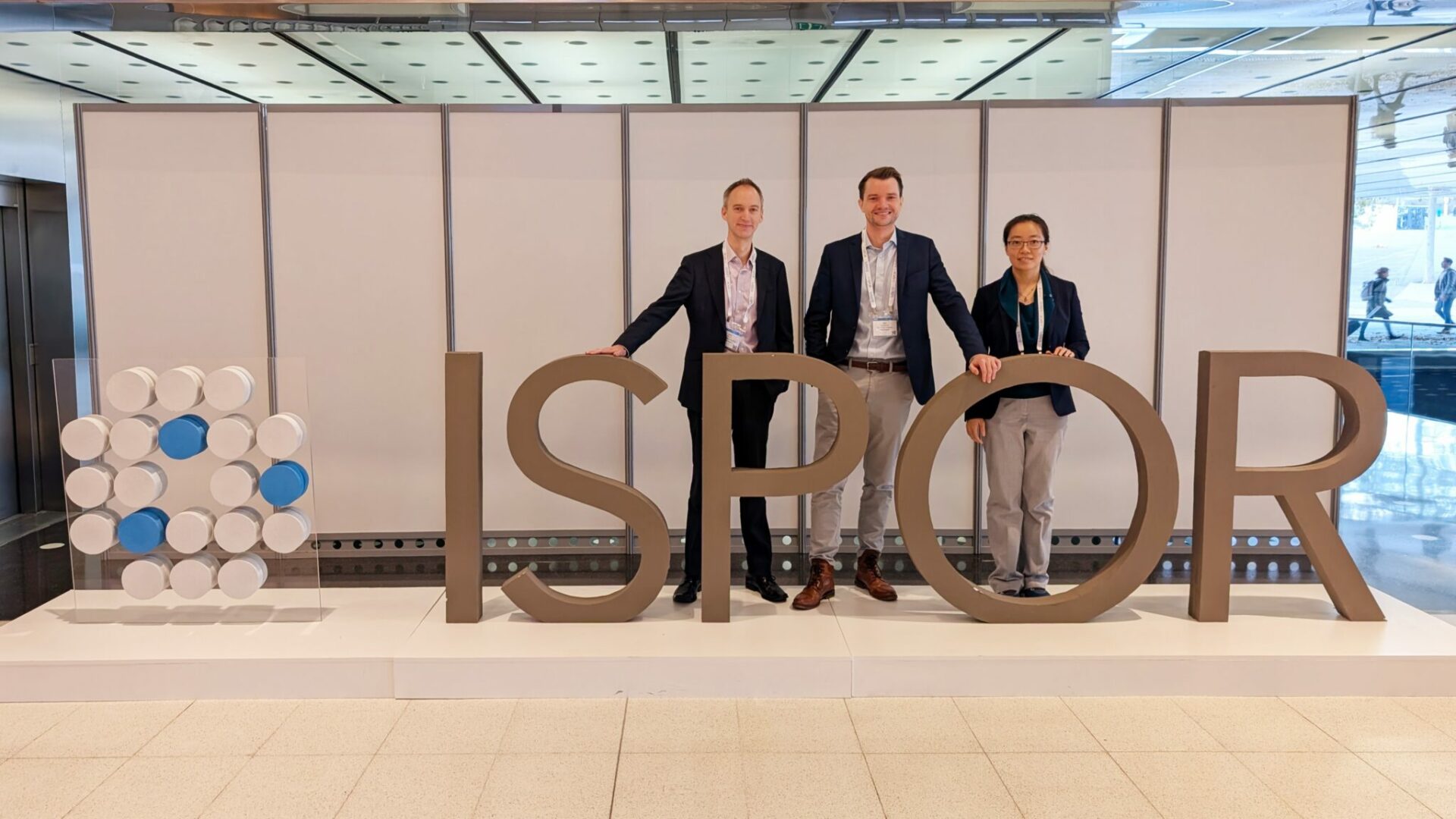
On February 1, Blue Matter launched its first Global Happiness Survey. This monthly survey asks Blue Matter team members around the world to rate their current levels of happiness. Even though the global survey just got started, the idea of measuring team happiness has a lengthy history within the firm, starting as regional efforts in various offices across the company. It has been a key to building happier, more productive teams in those areas. Blue Matter never lets a good idea go to waste, so the survey has now “gone global.”
Recently, several Blue Matter team members who were involved in creating the survey program took time to answer some questions about it:
- Lindsay Hershberger, Chief People Officer (San Francisco)
- Isabel Vollenweider, Manager (Zurich)
- Tom Quirk, Partner (Zurich)
Why does Blue Matter conduct a monthly Global Happiness Survey?
There are two pillars that are critical to our success as a team. First, we want to deliver great work for our clients. Without them, we don’t exist, so it’s our job to produce a great result on every project. Second, we want to grow a fantastic team that’s happy and motivated. It’s the right thing to do, and it’s a key to our long-term success. So, in true consulting firm fashion, we decided to measure the happiness level of our team members on a regular basis. As the saying goes, if you don’t measure something, then you can’t manage it.
How common is this type of survey?
Some companies measure team happiness, so the idea is not unique. However, in the vast majority of cases, happiness surveys are infrequent (quarterly at best) and included as part of larger surveys. For example, they might be incorporated into surveys about corporate benefits or similar topics.
Based on our research, this type of frequent, ongoing effort focused purely on measuring team happiness is rare. That’s especially true in consulting.
The Global Survey is new, but the idea has been around a while at Blue Matter. How did it get started?
The idea really got started in several places at once. Team members in all of our offices had explored different ways to measure happiness. In Europe, we tried a couple of different methods before settling on a very short weekly survey. It had one core question: Please rate your level of happiness this week on a scale of 1-10. It then offered an additional field where team members could provide reasons as to why they were happy or unhappy. To assist them—and to help boost response in those fields—the survey provided some picklist items for common drivers of—or barriers to—happiness.
In San Francisco, Jeron Eaves used to include “happiness checks” into his regular one-on-one meetings with team members. That was a great approach, but was not scalable for consistent, ongoing, regular measurement.
What were the results from those early efforts?
The European survey program ran for about a year before the global effort started. We received great feedback, as the team really appreciated being asked about their happiness in a meaningful way.
In general, response rates were quite high. We also found that we were meeting or exceeding our target level of happiness. The minimum target for average overall team happiness was 7.0 on a 10-point scale, but we really wanted to be at 7.5 or higher.
Not surprisingly, the average score would dip during intense work periods, when project demands were highest. During those times, we’d know that more frequent check-ins and morale-building efforts might be needed.
Scores would tend to spike following team-building events and our off-site meetings. The team really enjoys being able to connect with members in other offices who they might not see regularly.
From the early regional efforts conducted across all our offices, it became clear that measuring happiness was useful, boosted team morale, and provided valuable data regarding what factors drive happiness. So, Lindsay spearheaded the effort to take it global.
How does the global program work?
The global survey is very similar to what we did in Europe. It will be a monthly survey rather than weekly. It includes the 1-10 happiness rating scale and two questions:
- What reasons influenced your happiness score most positively this month?
- What reasons influenced your happiness score most negatively this month?
It was decided not to establish a baseline “happiness target,” such as 7.0 out of 10. While a target can be useful, it’s more helpful to see how the team—and individual team members—change over time. If a person normally rates a 9 or 10, and then they rate a 7 on a survey, it might be an indication that they could use some extra attention, even though their rating happened to meet a target.
Each month, Lindsay (Chief People Officer) will collect the responses and calculate the average team happiness score. She’ll then share that score with the entire company.
It’s important to remember that this is just one tool related to helping keep our team members happy and motivated. It helps the process, but it’s no substitute for strong mentoring, leaders who listen, and frequent one-on-one conversations.
How will the global survey data be used?
The data will be used in a couple of ways. An overall, company-wide score is a valuable data point, but the office-level data will also be helpful. We’ll be able to see, on a monthly basis, which offices are doing well and which ones might need a little extra help, potentially via one-on-one meetings, team-building, or other motivational efforts.
In addition, the free-form responses, where team members can provide details behind why they are happy or unhappy, are very helpful. Of course, those would be treated appropriately, as we want to protect team members’ privacy. But, they can definitely help to identify team members who might need some extra encouragement at a given point in time.
In addition, those comments can help leadership better understand which factors are most correlated with morale, as well as provide new motivational ideas. That’s what we saw in the earlier surveys in Europe. They will be very useful in helping to establish our priorities from a team morale-building standpoint.
Overall, this new program will be a helpful tool in measuring and boosting team happiness. A happy team is a productive team, and we all like to work in a highly positive environment.





